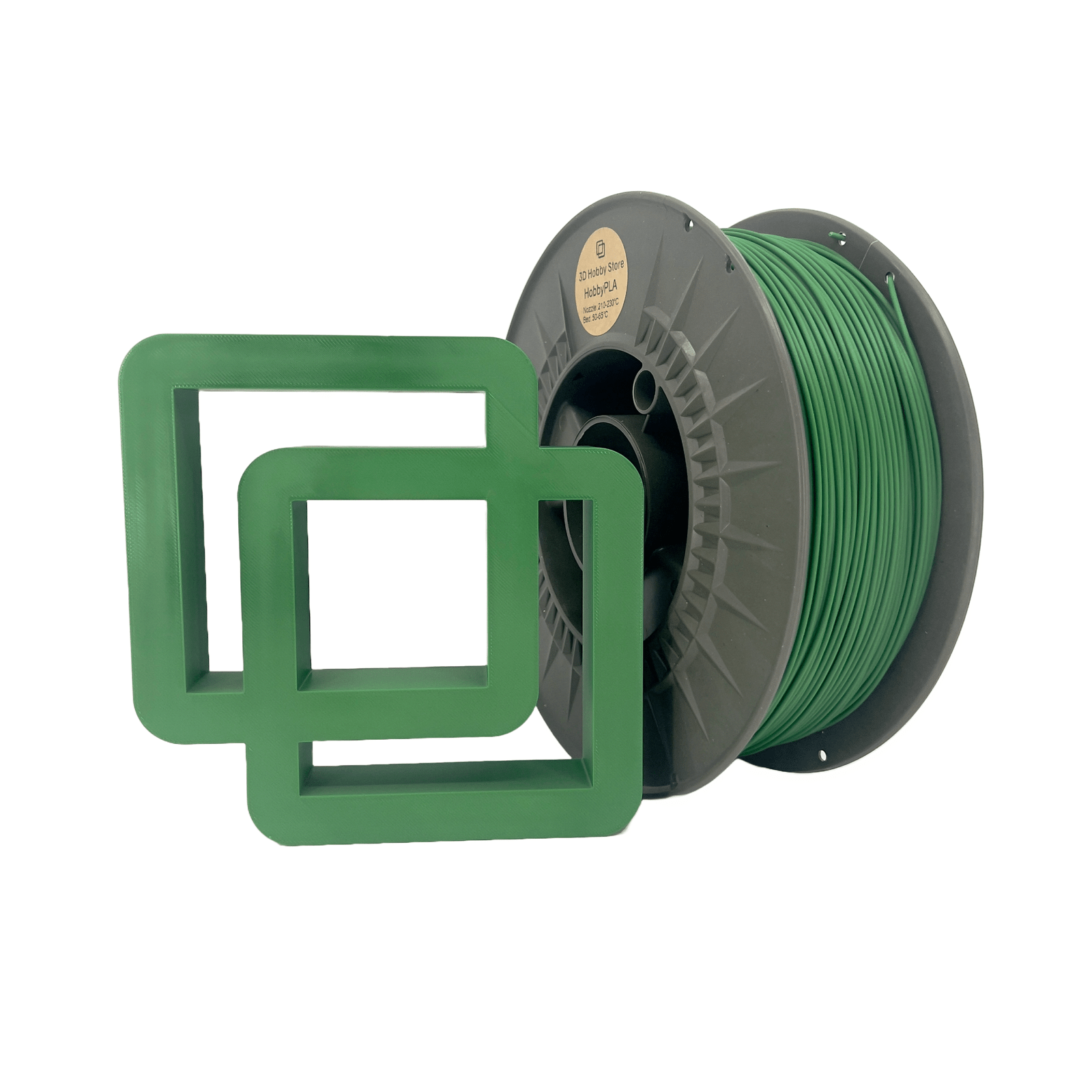When it comes to creating parts that gleam with glass-like clarity, many makers immediately think of clear PLA or even resin. But what if you want strength and shine in one material? That’s where PETG transparent filament earns its reputation. It bridges the gap between aesthetic appeal and functionality, letting you 3D print transparent parts that are strong, durable, and visually striking. Let’s explore why transparent filament made from PETG could be the best option for glossy and crystal-clear projects.
What Makes a Filament “Transparent” or “Glossy”
Defining transparency vs. translucency
A transparent filament allows light to pass through with minimal scattering, while a translucent one diffuses light, resulting in a frosted look. Achieving full transparency depends not only on the filament type but also on print settings and model design. When you 3D print transparent parts, you’re balancing how light travels through layers and how smooth those surfaces are.
Glossy finish—what influences surface sheen and clarity
Glossiness results from how even and smooth the outer surface layers appear. PETG, by nature, forms smooth extrusions that reflect light beautifully, giving it that signature glass-like gloss. When properly printed, PETG transparent surfaces can rival acrylic in shine.
Common materials used for clear prints
PLA, PETG, and TPU are popular for 3D print transparent projects. PLA is easy to handle but often produces slightly cloudy results. TPU offers flexibility but lacks rigidity. PETG, however, provides an ideal middle ground—clear, tough, and glossy.
Why PETG Deserves Consideration for Transparent & Glossy Parts
Material properties of PETG
PETG (Polyethylene Terephthalate Glycol) combines chemical resistance, strength, and flexibility. Its molecular structure allows for higher light transmission, making PETG transparent filaments ideal for clear prints like bottles, covers, and display components. Unlike some materials, it doesn’t yellow over time or warp easily.
PETG vs. PLA for transparency and gloss
When comparing transparent filament options, PLA can appear more translucent due to micro-bubbles and layer gaps. PETG transparent filament, when printed correctly, shows fewer optical distortions. It also withstands higher temperatures, making it better suited for both aesthetic and functional clear models.
Practical applications where PETG shines
If you need 3D print transparent enclosures, light diffusers, or visual prototypes, PETG performs beautifully. Its durability and resistance to cracking make it ideal for lamp covers, protective cases, and even fluid containers.
Advantages of Using PETG for Transparent/Glossy Prints
Better clarity and less “milky” finish
Unlike some clear PLAs that turn foggy, PETG transparent materials retain more optical purity. Proper drying and printing techniques further enhance their glass-like effect.
Stronger physical properties
PETG’s toughness means transparent filament prints can handle impact without losing their luster. You get transparency with resilience, perfect for parts that demand strength and visibility.
Perfect for functional and aesthetic parts
From artistic vases to practical housings, PETG transparent filament balances style and substance. Its glossy surface and strong adhesion between layers minimize haziness.
Potential Disadvantages & Challenges with Transparent PETG
Requires fine-tuning of print settings
To 3D print transparent PETG parts effectively, you’ll need to experiment with temperature, layer height, and fan speed. Too much cooling or under-extrusion can cause unwanted haze.
Risk of haze or bubbles
Moisture in the filament is the enemy of transparency. Always store PETG transparent spools in airtight containers with desiccants to prevent internal fogging or cloudiness.
May require post-processing
Even with ideal settings, your transparent filament prints might need sanding or polishing to reach optical perfection. Applying a clear coat or epoxy layer can drastically boost shine.
Best Practices for Achieving Transparent & Glossy Results with PETG
Optimal printer settings
Use a higher nozzle temperature (235-250°C) and slower print speed (30-45 mm/s). Minimize cooling fans to allow the molten PETG layers to fuse seamlessly—essential for achieving true clarity when you 3D print transparent components.
Designing for transparency
Keep walls thick, avoid sparse infills, and use 100% infill for maximum transparency. Orientation also matters: print in a way that aligns layer lines with light paths.
Post-processing tips
Wet-sand your PETG transparent prints starting with fine-grit paper, then polish using a plastic compound or clear lacquer spray. This can turn slightly cloudy parts into almost glass-clear results.
Filament storage and preparation
Dry your transparent filament before printing at around 65°C for 4-6 hours. PETG absorbs humidity quickly, which can cause popping sounds and bubbles during extrusion.
When PETG Might Not Be the Best Choice
For simple display models
If you only need quick visual prototypes, clear PLA may be easier to print. It doesn’t require as much tuning to achieve acceptable clarity.
For optical precision
For applications like lenses or crystal sculptures, specialized resins or acrylics outperform PETG transparent filament in absolute clarity.
For budget or entry-level printers
If your printer struggles with temperature control or stringing, achieving perfect transparency may be difficult. PETG rewards precision and patience.
How to Choose the Right Transparent PETG Filament
Evaluate filament specs
Check transparency percentage and color tone. True PETG transparent spools should have high light transmittance (90%+). Avoid filaments labeled merely “clear-tinted.”
Importance of brand quality
Premium transparent filament brands produce more consistent extrusion and fewer impurities. Look for ones with vacuum-sealed packaging and moisture indicators.
Match filament to your project
A prototype enclosure might favor durability over absolute clarity, while a light diffuser might need translucency instead. Always choose your PETG transparent filament with purpose.
Conclusion
In the quest for clear, strong, and glossy 3D prints, PETG transparent filament stands out. It combines the brilliance of a 3D print transparent finish with mechanical toughness that standard PLA can’t match. With proper settings, post-processing, and care, you can create parts that shimmer like glass while holding up under pressure. For makers, designers, and hobbyists alike, this transparent filament proves that you don’t need to compromise between beauty and performance—PETG offers both in one spool

